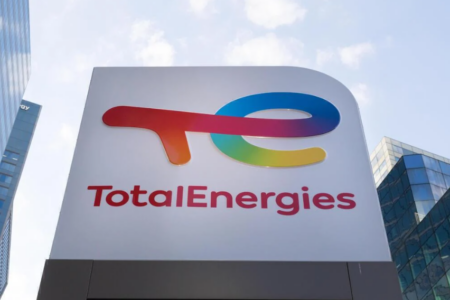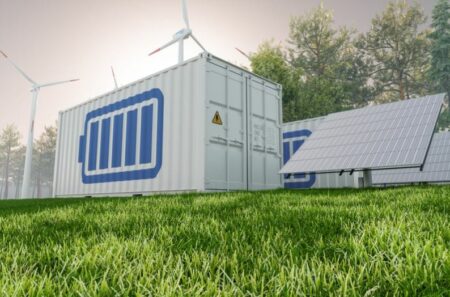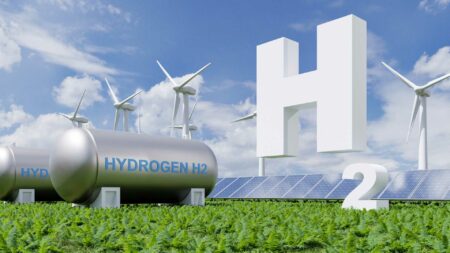With battery electric vehicles (BEVs) dominating headlines, BMW’s decision to pursue hydrogen fuel cell technology suggests a significant bet on diversification, targeting an expected €12 billion global hydrogen vehicle market by 2030, according to Precedence Research. Yet, the company’s strategy acknowledges the sector’s persistent technical and infrastructural hurdles rather than masking them.
BMW’s iX5 Hydrogen pilot fleet, developed in partnership with Toyota since 2013, is more than a technical exercise. According to Jürgen Guldner, Head of Hydrogen Technology at BMW, the pilot aims to “run through the entire development of a fuel cell vehicle,” covering not only fuel cell integration but also tank, battery, and drive system design in-house. Toyota supplies the individual fuel cells, reflecting a symbiosis of Japanese component expertise with German system-level engineering. However, a key unresolved variable remains: customer demand in a market still heavily tilted toward BEVs.
The fuel cell electric vehicle (FCEV) concept BMW is advancing is expected to reach series production by 2028, although Guldner noted that model selection and manufacturing site decisions are pending. Instead of designing a dedicated hydrogen model, BMW plans to integrate fuel cell drives into existing architectures, enhancing production flexibility but potentially constraining optimization opportunities compared to purpose-built platforms.
Despite the technical ambition, market realities present formidable challenges. While the European Commission’s REPowerEU plan targets the deployment of 6 million hydrogen-powered vehicles by 2050, actual infrastructure growth is lagging. Germany, considered a leader, currently hosts fewer than 100 hydrogen filling stations nationally, according to H2 Mobility Deutschland, limiting customer access and impeding mass-market feasibility. Guldner acknowledged these constraints, stating that BMW is working with partners like TEAL Mobility—a venture between TotalEnergies and Air Liquide—to investigate and advance 700-bar refuelling networks, critical for passenger car viability.
Parallel to vehicle development, BMW is experimenting with hydrogen applications in manufacturing processes. Trials in Leipzig explore hydrogen’s role in painting operations, logistics, and as a natural gas substitute. This reflects a broader industrial trend where hydrogen could decarbonize hard-to-electrify sectors, yet deployment remains patchy due to cost, supply chain immaturity, and policy uncertainty.
BMW’s internal findings also hint at a nuanced market segmentation strategy. The iX5 Hydrogen pilot exposed a subset of customers—primarily long-distance drivers and users facing inadequate charging infrastructure—for whom BEVs present practical limitations. For these users, hydrogen’s short refuelling times and extended range could offer a distinct advantage, provided cost parity and infrastructure reliability improve.
However, scaling hydrogen vehicles without solving the ‘chicken and egg’ problem of infrastructure investment versus vehicle adoption poses substantial financial risk. Current hydrogen costs for vehicle-grade fuel remain between €10-15/kg in Europe, translating to higher per-kilometer operating expenses than even premium BEVs unless substantial subsidies or breakthroughs emerge.
Rather than committing fully to hydrogen, BMW is positioning FCEVs as one component of a broader alternative drive strategy, balancing hydrogen, BEV, and combustion options within existing platforms. Whether this multi-path approach will deliver the operational flexibility BMW envisions—or merely diffuse its strategic focus—remains contingent on external factors largely beyond its direct control: government incentives, infrastructure rollouts, and global energy price trajectories.
Guldner’s framing of hydrogen mobility as a solution for “customers who want emission-free driving but find BEVs impractical” captures both the potential niche and the scale of the challenge. Hydrogen may indeed offer a critical solution for certain users, but absent rapid and coordinated infrastructure investment across Europe and beyond, it risks remaining a well-engineered answer to a question only a fraction of customers are currently asking.








